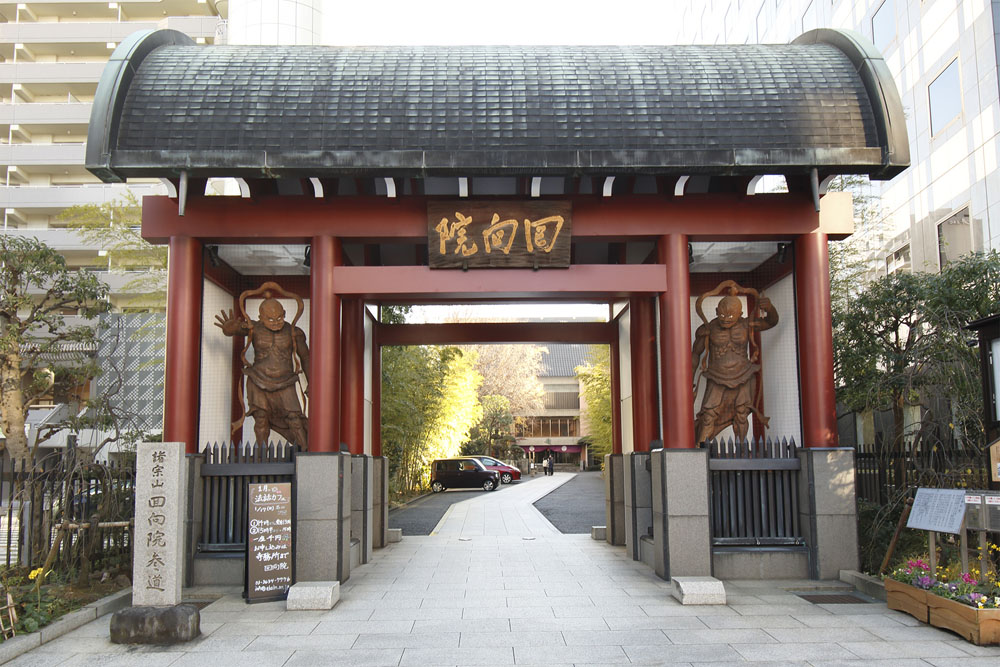Town of Sumo
Specialized Art Museum of Katsushika Hokusai
Remnants of the Edo Period
How to Get There by Train
Ryogoku Station: JR Chuo-Sobu Line, Toei Oedo Line
What’s It Like?
Ryogoku, named after a bridge over the Sumida River, has a history dating back to 1657 when a massive fire claimed numerous lives due to the lack of an escape route without a bridge. In response, the Edo Shogunate constructed a bridge over the Sumida River. As the western side of the river belonged to Musashi Province and the eastern side to Shimousa Province, the bridge connecting these two provinces was named Ryogoku, meaning ‘two provinces bridge.’ Presently, it primarily refers to the eastern side.
To commemorate the deceased, a Buddhist temple called Ekoin was built on the eastern side, known as the present-day Ryogoku area. During the Edo period, sumo wrestling matches were held within the temple grounds as fundraisers for constructing temples and shrines. Eventually, the predecessor of the current Kokugikan, a sumo arena, was established here. The current Kokugikan was completed in 1984 and hosts grand sumo tournaments three times a year in January, May, and September.
As a result, there are many sumo stables, where sumo wrestlers train, and numerous restaurants serving chanko-nabe, the traditional hotpot eaten by sumo wrestlers, contributing to the area’s reputation as the sumo district. Beyond sumo, remnants of the Edo period remain prominent. Notably, the area is associated with the renowned ukiyo-e artist Katsushika Hokusai, who spent his life here, leading to the establishment of specialized art museums.
Although undergoing renovation and temporarily closed, the Edo-Tokyo Museum also stands, dedicated to showcasing the history and culture of Edo (old Tokyo) and Tokyo. This museum serves as a testament to the rich heritage and culture of the region.










